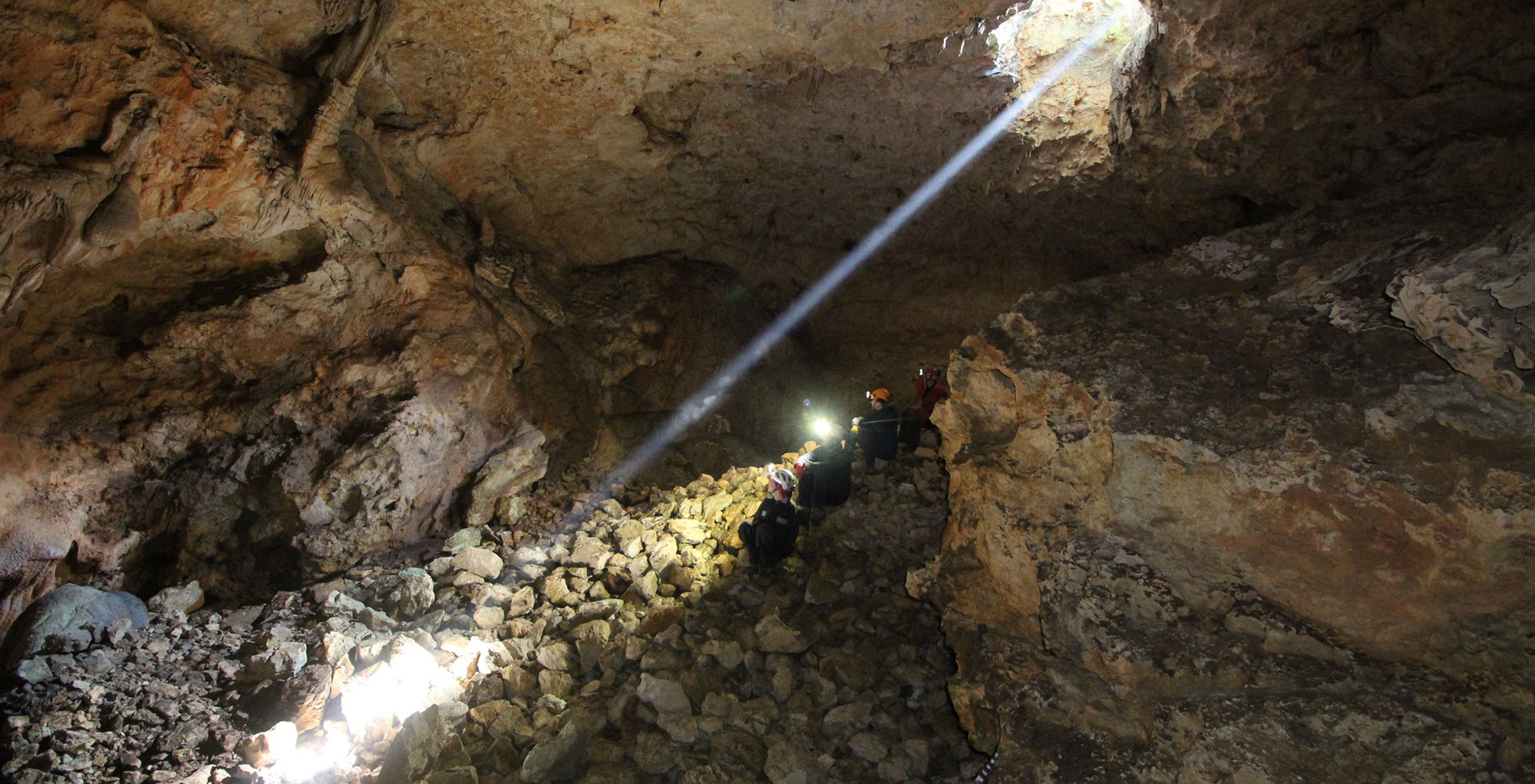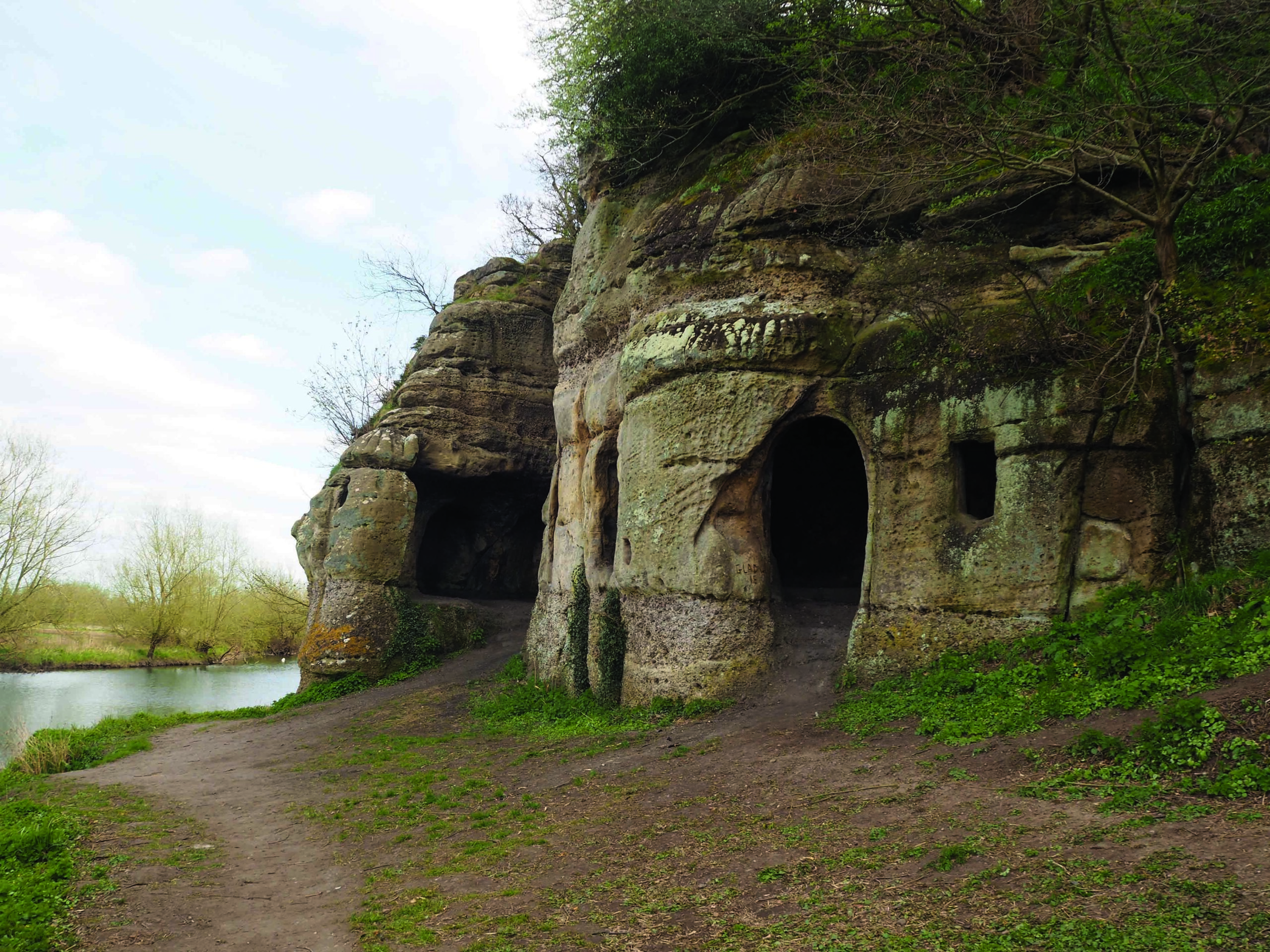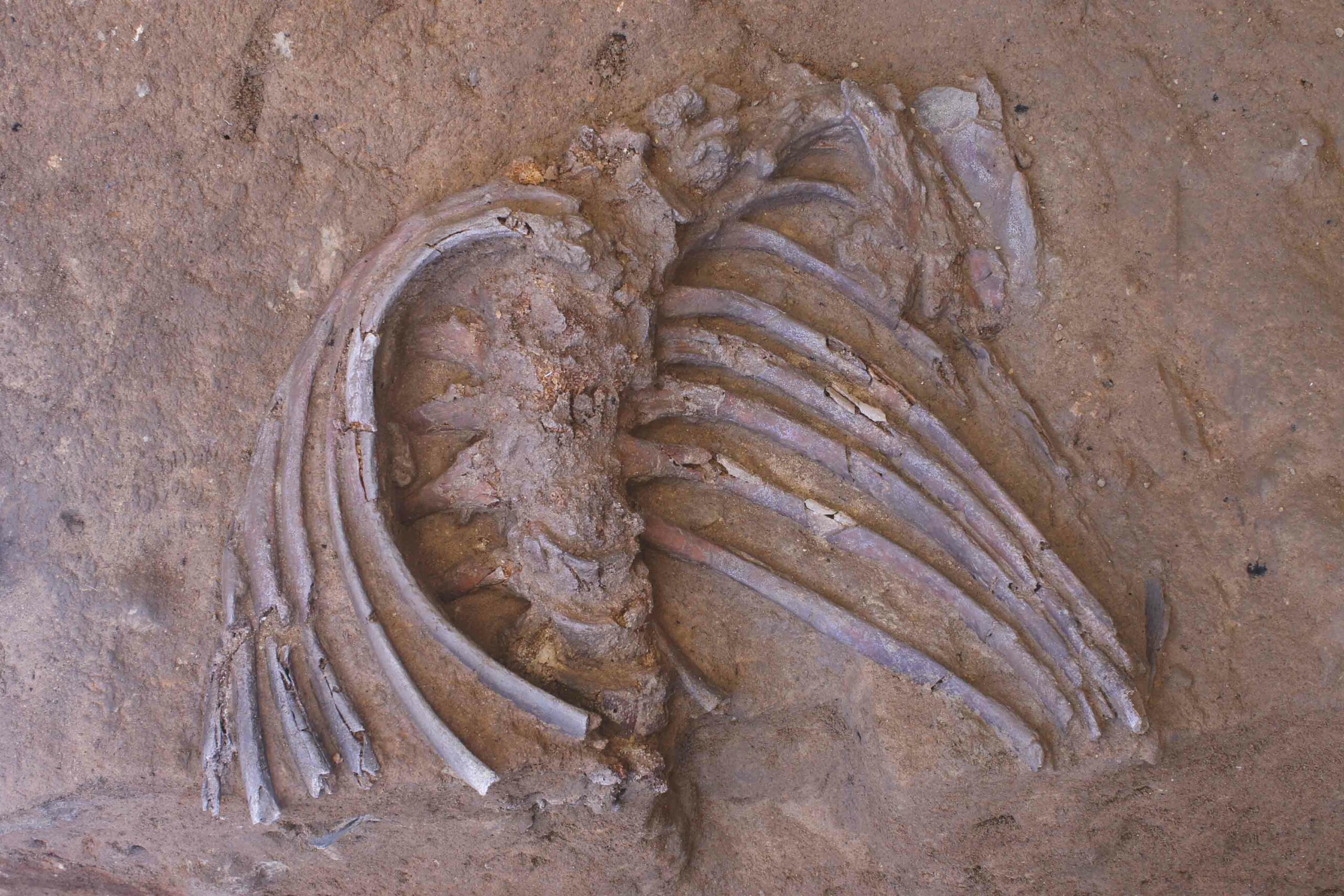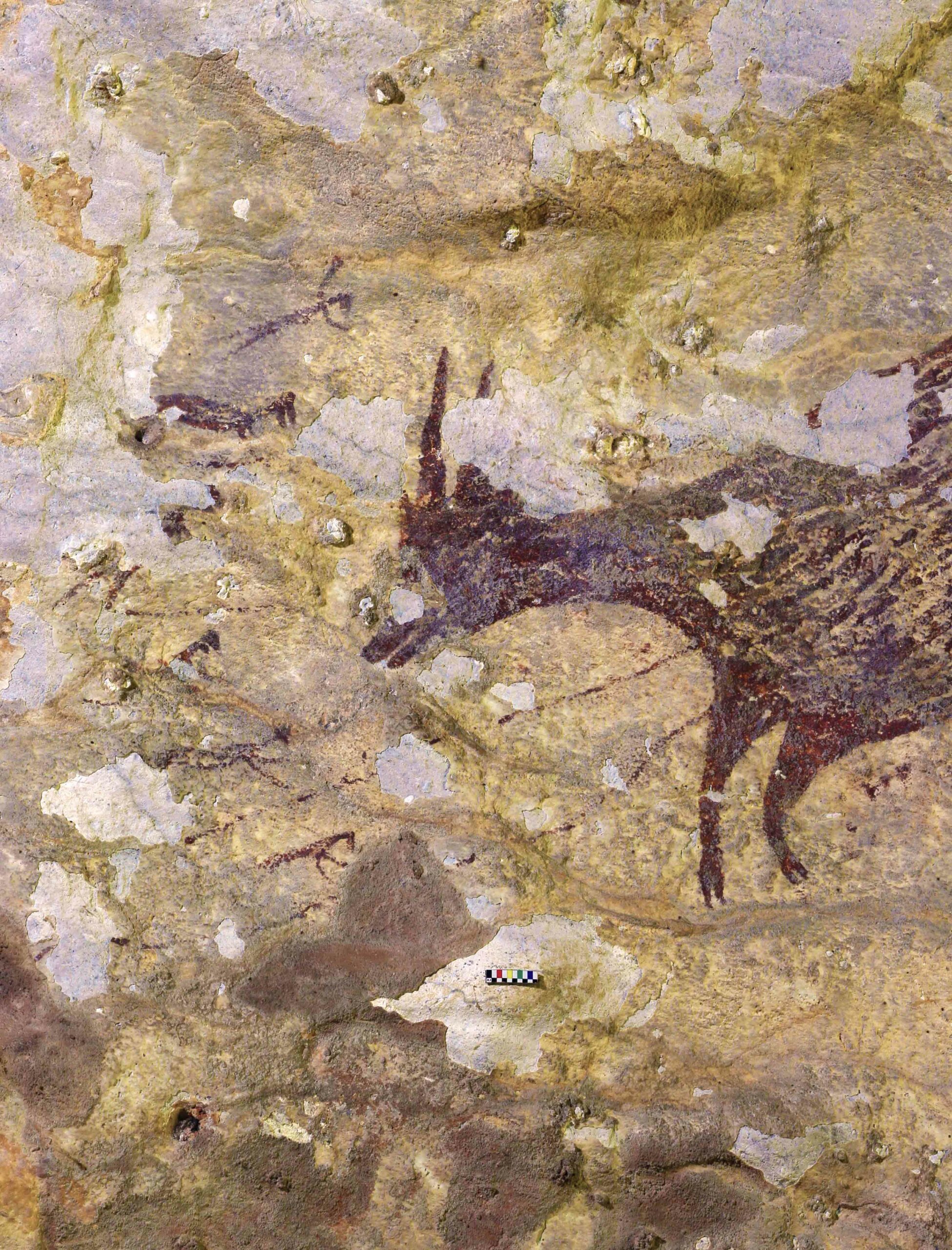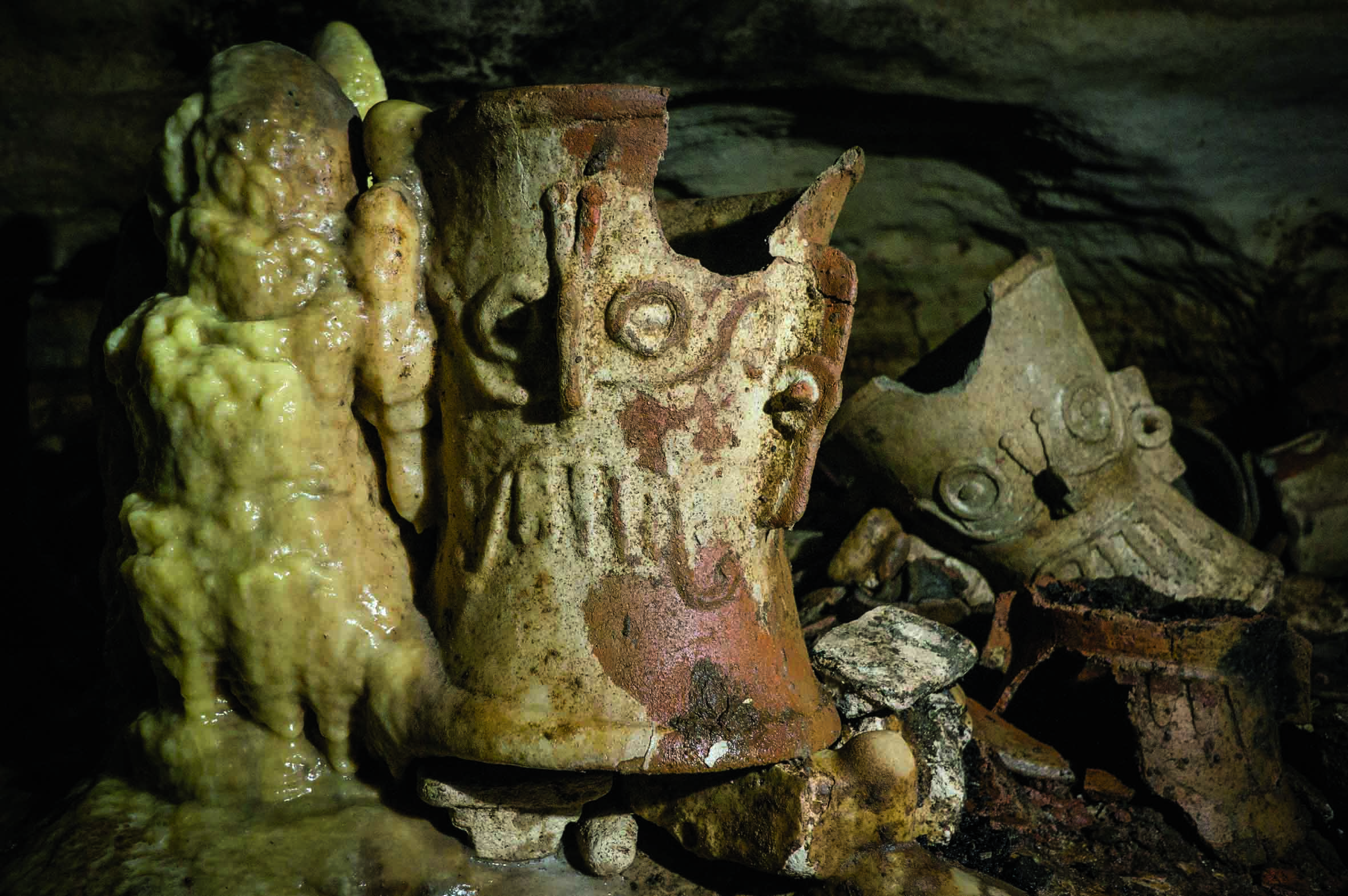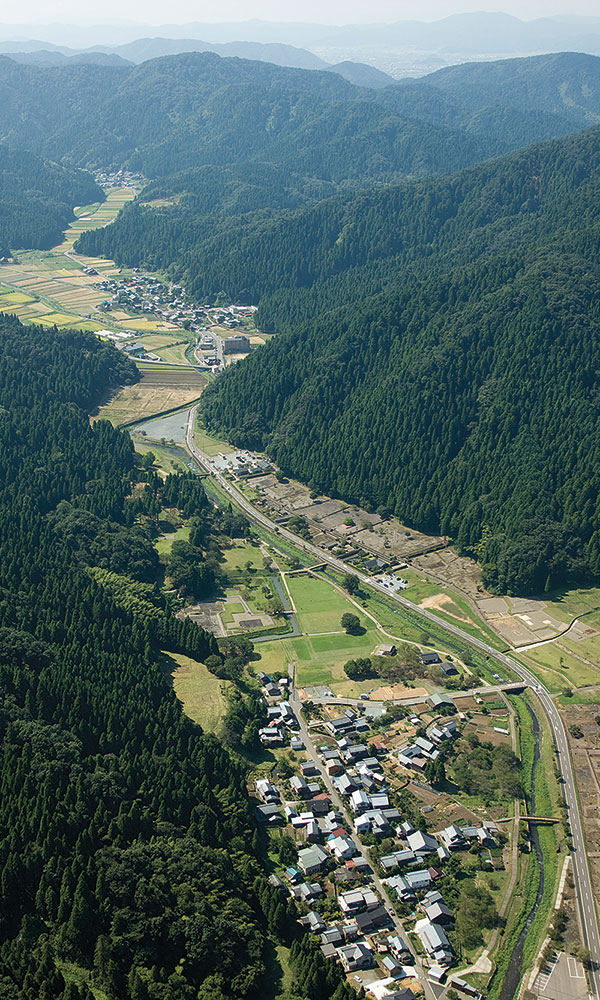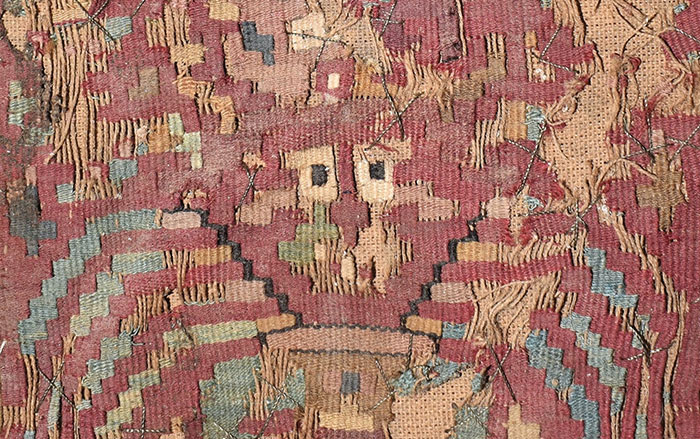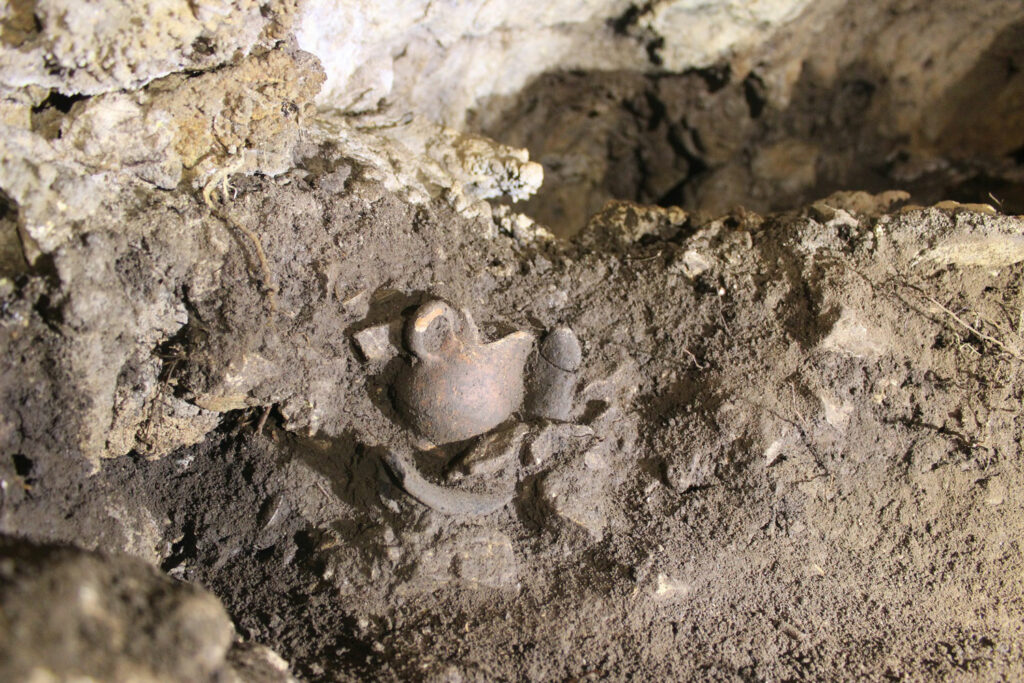
CRNO JEZERO CAVE, CROATIA—The Dubrovnik Times reports that an archaeological team from the Dubrovnik Museums recently uncovered 4,000 years of human occupation in the Crno Jezero (“Black Lake”) Cave. The 780-foot-long cavern snakes its way 300 feet underground near the village of Ponikve on the Pelješac peninsula. The excavations highlighted the different ways that local peoples used the cave from the Bronze Age to the Middle Ages. During the second millennium b.c., the cave was mostly used for temporary or seasonal housing, especially during periods of conflict or inclement weather. From the ninth to the sixth century b.c., the space was transformed into a burial ground. Archaeologists learned that it was most intensely used during the last few centuries b.c., when Illyrian communities established a sacred sanctuary at the site. Excavations unearthed miniature ceramic vessels of Greek or local origin that were left as votive offerings during religious ceremonies. Archaeologists also found luxury Greek wine vessels such as amphoras and cups that were not used in everyday Illyrian life but served as symbols of status associated with unknown wine-based rituals. Human skeletal fragments uncovered deep within the cave date to the thirteenth century a.d. and mark the site’s final phase of use, although researchers are not yet sure whether they were intentionally buried there or represent the remains of individuals who were accidentally trapped in the narrow hollows and died. To read about early evidence for cheese production that was uncovered on Croatia's Dalmatian coast, go to "When Things Got Cheesy."


